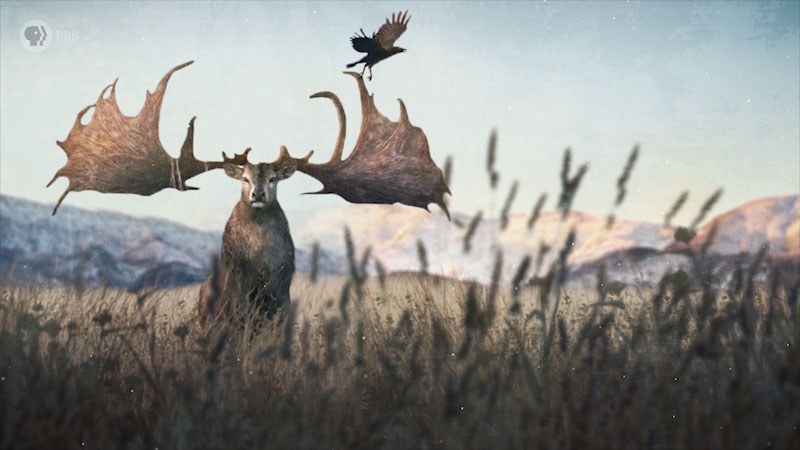Eons: How We Identified One of Earth’s Earliest Animals
Scientists had no idea what type of organisms the life forms of the Ediacaran were. It turns out, the key to solving the puzzle of Precambrian life was a tiny bit of fossilized fat. Part of the "Eons" series.
Media Details
Runtime: 10 minutes 44 seconds
- Topic: Science
- Subtopic: Earth Sciences, Marine Life, Prehistoric Life
- Grade/Interest Level: 10 - 12
- Standards:
- Release Year: 2020
- Producer/Distributor: PBS Digital Studios
- Series: Eons
- Report a Problem
Related Media

Eons
Season 2 / Ep 23
13 minutes 14 seconds
Grade Level: 10 - 12
Eons
Season 2 / Ep 23
13 minutes 14 seconds
Grade Level: 10 - 12
Eons: The History of Climate Cycles (and the Woolly Rhino) Explained
Recently Added

Eons
Season 2 / Ep 24
7 minutes 16 seconds
Grade Level: 10 - 12
Eons
Season 2 / Ep 24
7 minutes 16 seconds
Grade Level: 10 - 12
Eons: The Hellacious Lives of the "Hell Pigs"

Eons
Season 2 / Ep 26
10 minutes 10 seconds
Grade Level: 10 - 12
Eons
Season 2 / Ep 26
10 minutes 10 seconds
Grade Level: 10 - 12
Eons: When the Synapsids Struck Back

Eons
Season 2 / Ep 27
9 minutes 38 seconds
Grade Level: 10 - 12
Eons
Season 2 / Ep 27
9 minutes 38 seconds
Grade Level: 10 - 12
Eons: When Ichthyosaurs Led a Revolution in the Seas
Recently Added

Eons
Season 2 / Ep 28
12 minutes 55 seconds
Grade Level: 10 - 12
Eons
Season 2 / Ep 28
12 minutes 55 seconds
Grade Level: 10 - 12
Eons: When We Met Other Human Species
Recently Added

Eons
Season 2 / Ep 29
10 minutes 28 seconds
Grade Level: 10 - 12
Eons
Season 2 / Ep 29
10 minutes 28 seconds
Grade Level: 10 - 12
Eons: How Volcanoes Froze the Earth (Twice)
Recently Added

Eons
Season 2 / Ep 30
10 minutes 11 seconds
Grade Level: 10 - 12
Eons
Season 2 / Ep 30
10 minutes 11 seconds
Grade Level: 10 - 12
Eons: How Earth's First, Unkillable Animals Saved the World

Eons
Season 2 / Ep 31
6 minutes 53 seconds
Grade Level: 10 - 12
Eons
Season 2 / Ep 31
6 minutes 53 seconds
Grade Level: 10 - 12
Eons: When Giant Deer Roamed Eurasia

Eons
Season 2 / Ep 32
10 minutes 37 seconds
Grade Level: 10 - 12
Eons
Season 2 / Ep 32
10 minutes 37 seconds
Grade Level: 10 - 12
Eons: Was This Dinosaur a Cannibal?

Eons
Season 2 / Ep 33
9 minutes 54 seconds
Grade Level: 10 - 12
Eons
Season 2 / Ep 33
9 minutes 54 seconds
Grade Level: 10 - 12
Eons: The Missing Link That Wasn’t
